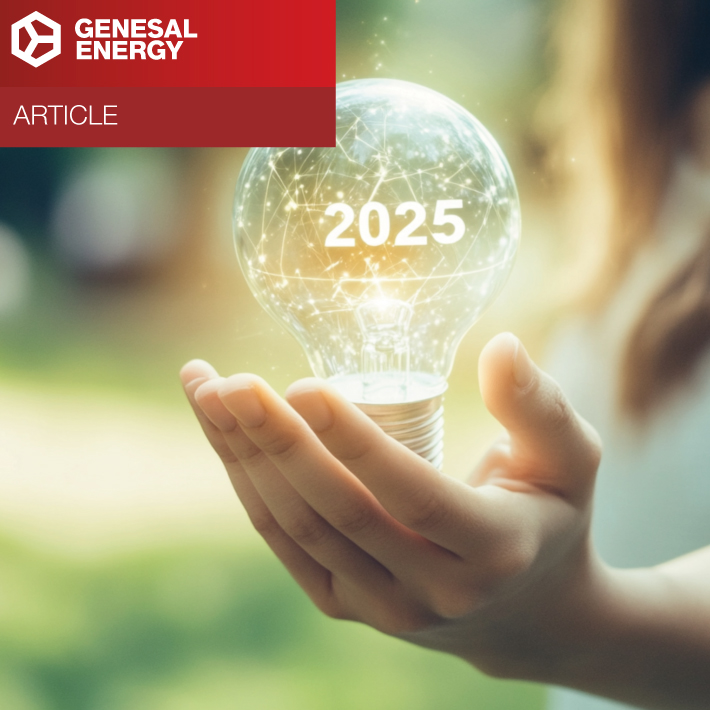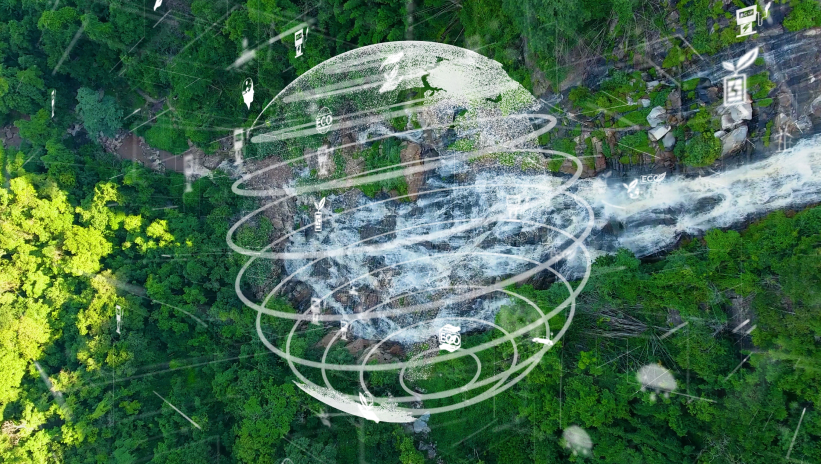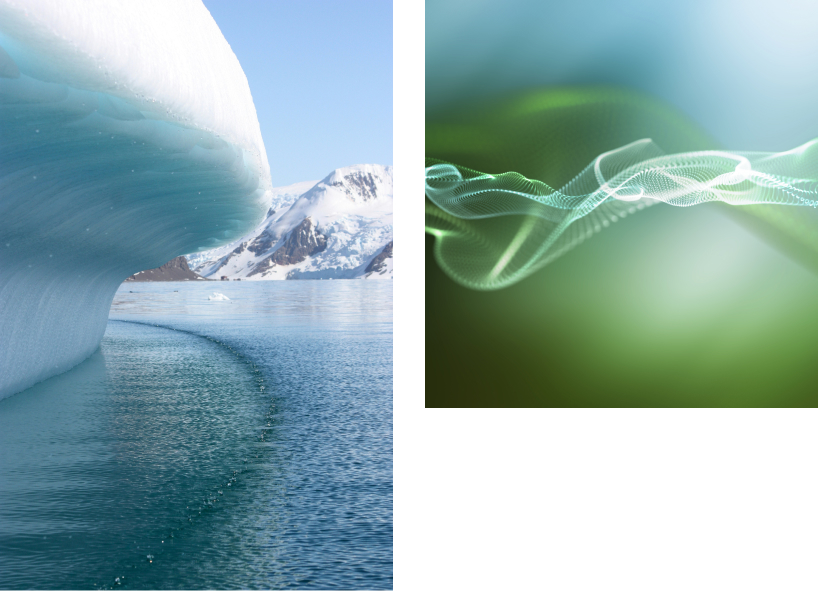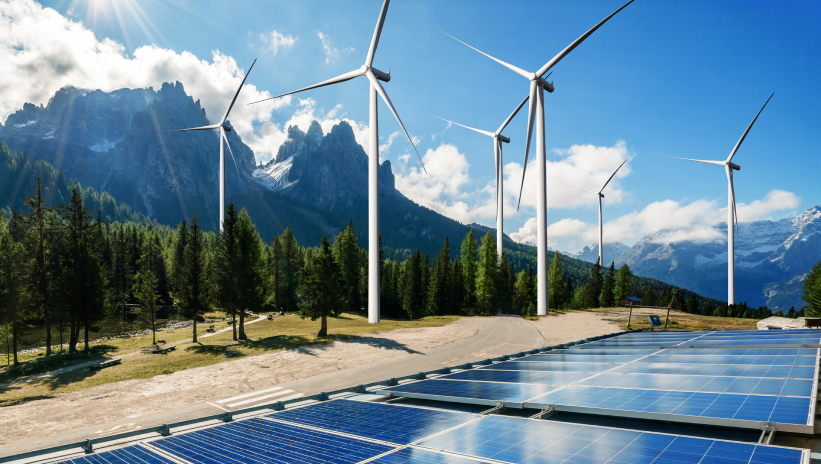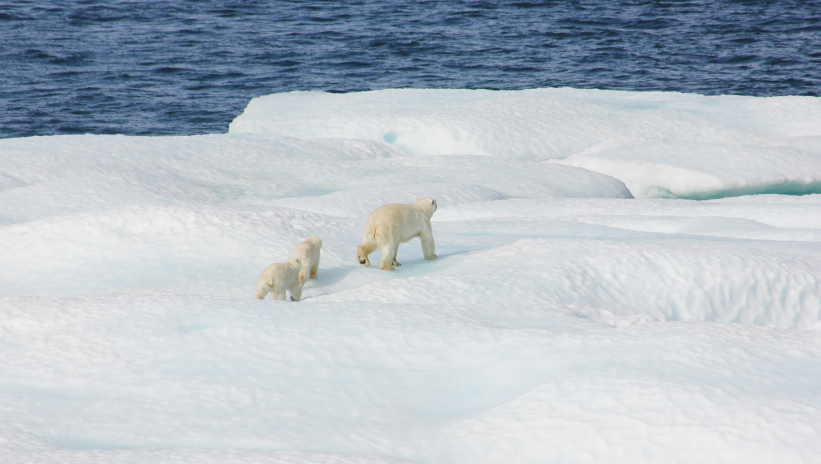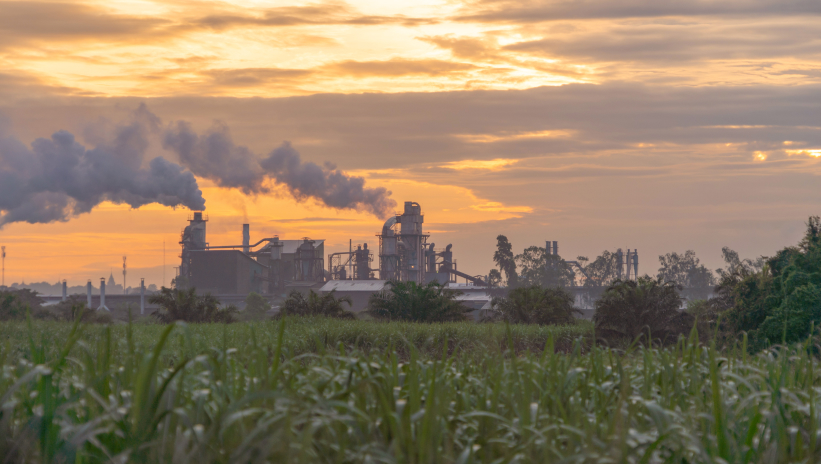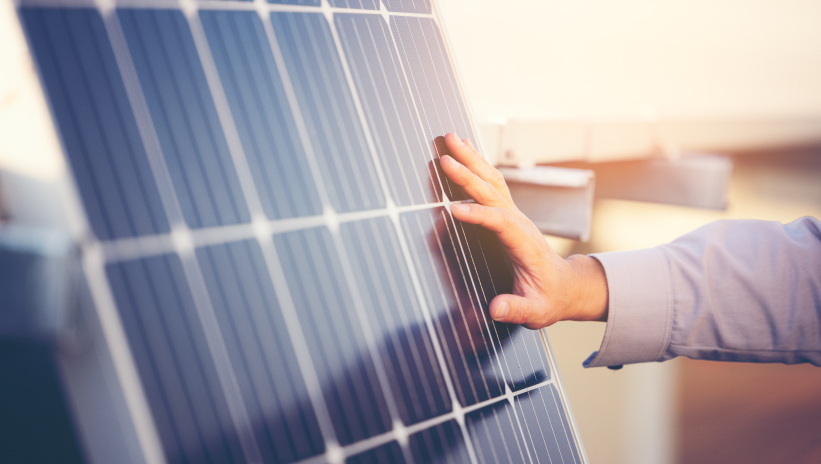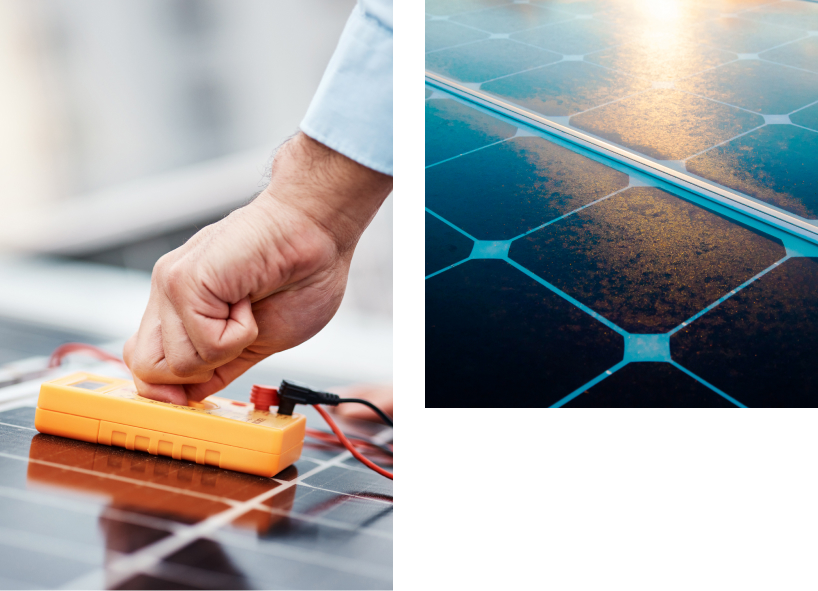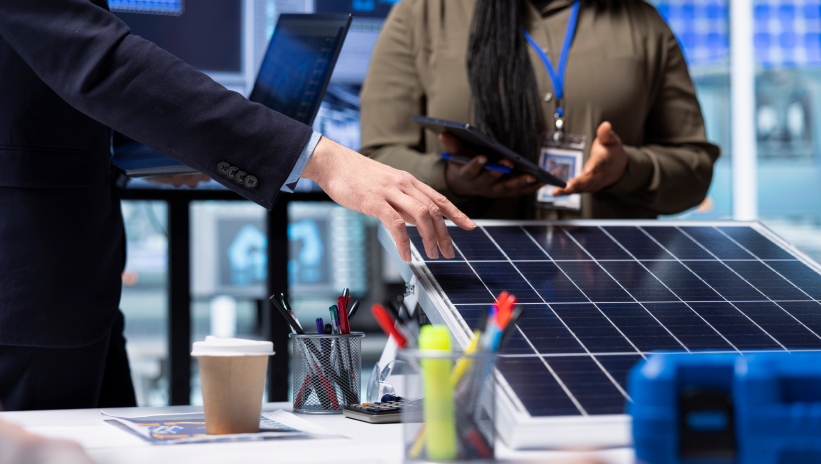2025: when generator sets stopped being invisible and became essential
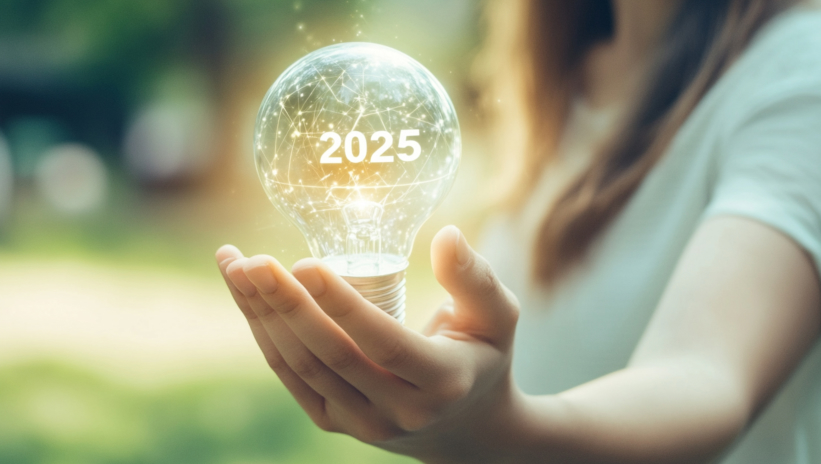
As the year draws to a close, it invites us to look back with pride and forward with ambition. A period of consolidation, learning and decision-making that has shaped our path. At Genesal Energy, we have continued to move forward with the same determination that has guided us since the beginning: to innovate, to grow and to contribute to a more sustainable energy model, helping to improve society.
That spirit has guided us through every project and every challenge we have faced over these months. And it is precisely from that purpose that we have strengthened our international vocation, driven sustainability through engineering, responded swiftly to emergency situations when the country was left in the dark, and consolidated our presence in key sectors such as data centres and defence.
The blackout: readiness to respond to any emergency
The major blackout on 28 April put the entire sector’s response capacity to the test — and, in particular, that of Genesal Energy. From our headquarters in Bergondo, we activated a crisis management team that made it possible to guarantee electricity supply to hospitals and other critical infrastructures. Our generator sets operated at full capacity, while our technical team worked around the clock to ensure that no vital facility was left without power.

Thanks to this rapid response and coordination, we supported centres such as CHUAC, the Teresa Herrera Maternal and Children’s Hospital, Álvaro Cunqueiro Hospital, as well as several hospitals in Madrid and Toledo, among others. Subsequent media coverage highlighted the essential role of backup power solutions in long-duration contingencies.
There are moments when technology speaks for itself. At other times, it is the commitment of a team that speaks. That day, both did.
Momentum in the defence sector and international expansion
In a geopolitical context marked by instability and sustained growth in defence investment across Europe, energy reliability has become a critical factor in ensuring the operability of strategic infrastructures.
We will continue investing in growth with a new expansion of our main factory, increasing production capacity and activity at a pace similar to that of 2025.
Within this environment, the engineering expertise and robustness of our equipment have found a natural space. In 2025, we deployed bespoke solutions designed to operate under extreme conditions, both domestically and internationally, including installations in Germany aimed at maintaining critical military infrastructures operational. These projects demonstrate our ability to adapt designs, advanced protections and safety systems to top-tier operational requirements.
Likewise, our participation in strategic trade fairs and forums such as FEINDEF has strengthened our visibility in a rapidly evolving market. As a result, Genesal Energy continues to consolidate its position as a trusted supplier, delivering solutions to organisations that require equipment capable of ensuring continuous power in any scenario — from logistics bases to command centres and field operations.
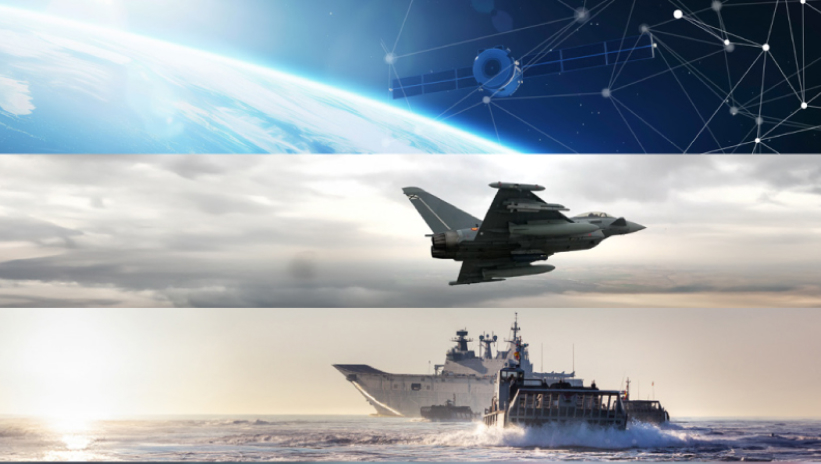
When sustainability moves beyond promises and becomes operational
In 2025, Genesal Energy became the first company in the energy sector to obtain ISO 14006 certification, setting a benchmark for applied sustainability. This achievement is more than just a label: it confirms that we have embedded eco-design into our DNA, into every decision and every stage of our products’ life cycle.

We have optimised designs, reduced material use, explored additive manufacturing to minimise resource consumption, assessed environmental impacts through rigorous analysis, and embraced biofuels and cleaner alternatives. This approach reinforces our role as a reference player and a key contributor in the distributed energy sector, where sustainability is only possible through technical excellence. Because, ultimately, what truly matters is being good engineers: delivering robust, efficient and responsible energy solutions, and always responding to our clients.
Powering the digital heart of the world

The digital world cannot function without reliable energy. In 2025, we took a decisive step to support this global growth with solutions equal to the challenge. As an active part of European engineering in the sector, our strategic alliance with the French company Baudouin marked a turning point in our commitment to data centres: combining experience, technology and a shared vision to deliver high-capacity, fully customisable generator sets, with the shortest lead times on the market and compatibility with renewable fuels such as HVO.
A period of consolidation, learning and decision-making that has shaped our path.
We showcased these solutions at international forums — with a strong presence at DCD>Connect in Madrid and London, as well as at the DataCenter Forum in Stockholm — where we presented equipment focused on operational continuity, efficiency and the transition towards more sustainable fuels.
HVO: proof that the energy transition can be real — today
The successful validation of HVO as a biofuel in operational generator sets is another of those quiet achievements that anticipate the future. We demonstrated that it is possible to reduce emissions without changing infrastructures or compromising reliability. The tests we carried out confirm that HVO is a technically viable alternative for diesel engines, requiring no modifications to existing infrastructures, while preserving reliability and service continuity.
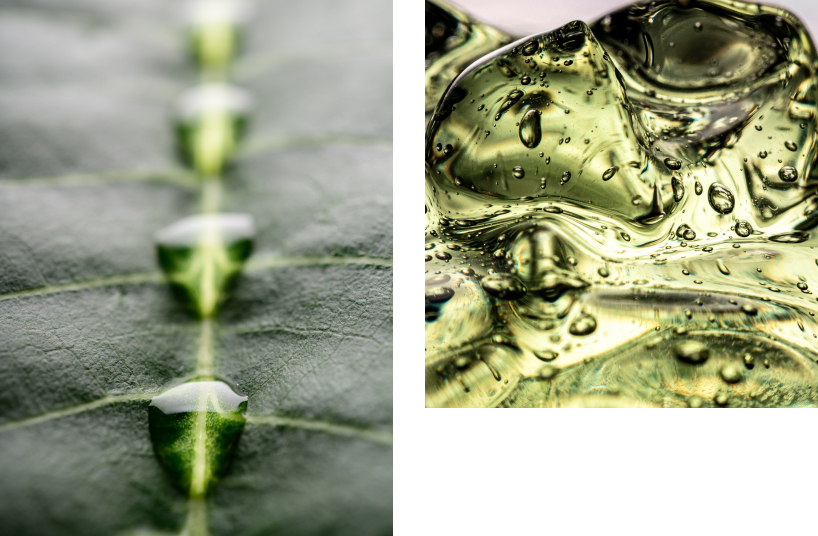
This milestone aligns with Genesal Energy’s ambition to move towards carbon neutrality and with our commitment to the 2030 Sustainable Development Goals, to which we are aligned. It is a technical advance, certainly, but also a clear message: the energy transition is not a distant horizon — it is a real process that we are already driving today.
Driving talent, territory and the future
At Genesal Energy, we understand social responsibility as a way of shaping the future. That is why, this year, we strengthened our commitment to talent, territory and education through our participation in youth employment fairs and sector events such as the Energy Days and their Women in STEM seminar. Through these initiatives, we have helped bring energy engineering closer to the entrepreneurial ecosystem. These actions allow us to inspire vocations, create opportunities and transmit values we consider essential — technical excellence, sustainability and a culture of effort — so that new generations can lead the change the energy sector needs.

This commitment will gain renewed momentum through the Genesal Foundation, currently in the process of being established and scheduled to launch next year. The Foundation will serve as the backbone of our social activity and our contribution to the community, channelling initiatives focused on talent development, education, innovation and positive impact in the environments where we operate.
2026: continuing to build the future of energy
The year ahead invites us to put what we have learned into practice and to project our achievements towards new horizons. In the coming year, we will continue to focus on consolidating our international expansion, deepening our presence in critical application sectors, and advancing the integration of sustainable processes across every project. To achieve this, we will adapt to new regulations and standards, driving more efficient, reliable and responsible solutions.
We have strengthened our international vocation, driven sustainability through engineering, responded swiftly to emergency situations when the country was left in the dark.
At the same time, we will continue investing in growth with a new expansion of our main factory, increasing production capacity and activity at a pace similar to that of 2025, with a consolidated growth of 40%. This investment will also extend to our people, as this progress would not be possible without a committed and talented team like ours.

We enter this new year with enthusiasm and determination, convinced that the energy of the future is built today — and that Genesal Energy will remain steadfast on this path, guided by its purpose and vision.
